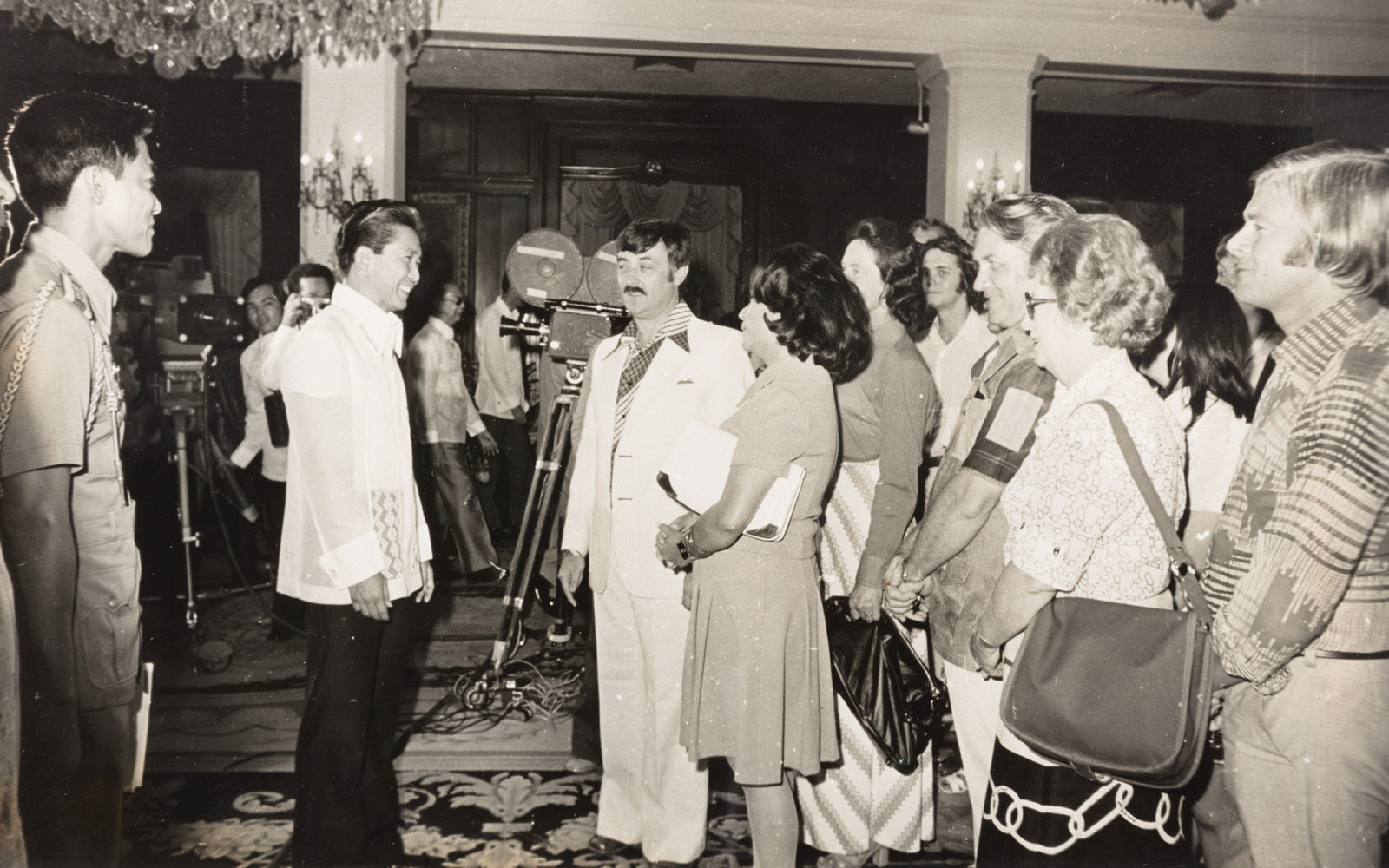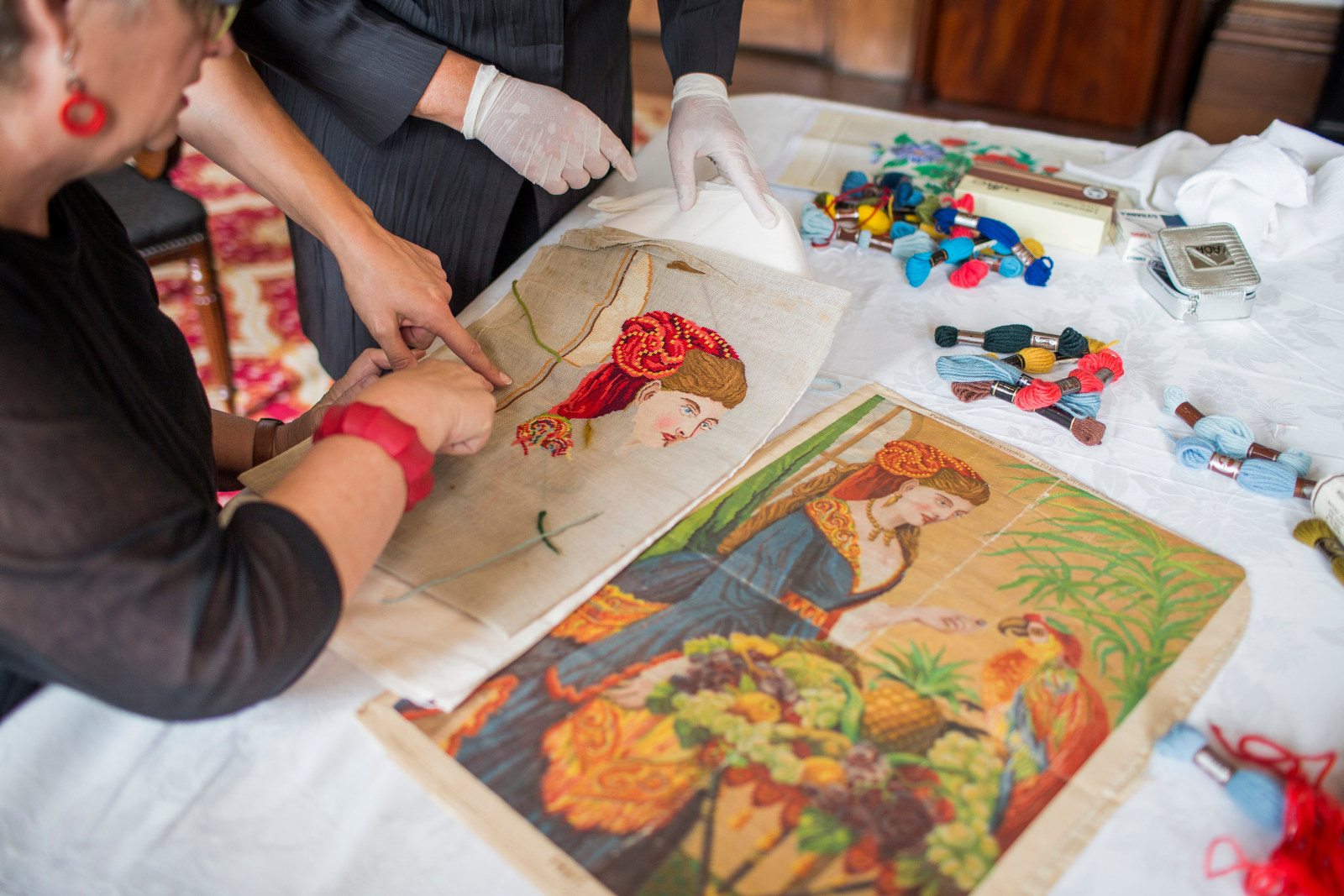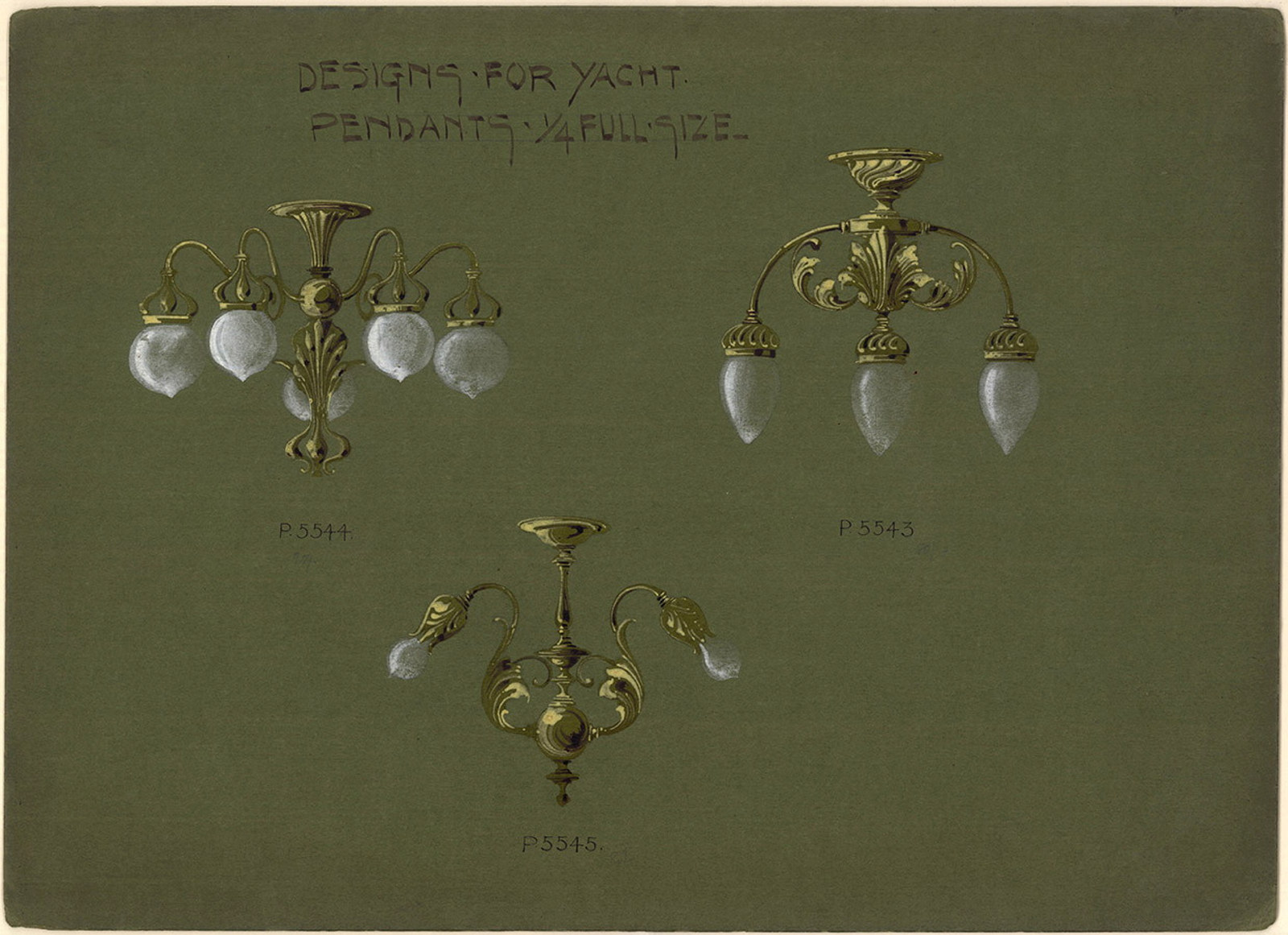Watch pockets
Watch pockets hung on the head cloth of a four-post bedstead and originally served in place of bedside tables, which were uncommon in the 19th century.
Usually made in the same material as the bed hangings, watch pockets could be made of cotton dimity, ribbon, silk or cambric muslin, and were sometimes reinforced with whalebone. Some had a single pouch to hold a watch; others had multiple pockets for handkerchiefs and bottles of smelling salts.
A rare book from the Caroline Simpson Library, Treasures in needlework by Mrs Warren and Mrs Pullan, published in London in 1855 holds instructions for a crocheted and beaded watch pocket worked in ‘pink Boar’s Head crochet cotton’. Or for readers whose furniture would not suit pink, they suggest ...
a rich new blue, with alabaster beads, or salmon, with turquoise, or a brilliant emerald, with chalk white, very pretty
Later examples, often made from velvet, were embellished with beads and embroidery and were more decorative than useful.
Our Soft Furnishings volunteers used The workwoman's guide, written by ‘A Lady’ in London, 1838 to make a fine silk watch pocket for Kennethina Macleay’s bedroom at Elizabeth Bay House. The instructions in The workwoman’s guide advises ‘the whole should be frilled round or ornamented with lace or fringe. The size must greatly depend upon the size of the bed, but five nails long by four deep is a good average size for a large bedstead’.
Visitors can see examples of watch pockets – some old, some new, some plain, some elaborately decorated – if they peek into the bedrooms at Vaucluse and Elizabeth Bay houses. The Caroline Simpson Library has a rich selection of resources relating to historic furnishings and domestic interiors.
Published on
Related

A Little archive that tells a big story
Ahead of his time, interior designer Barry Little had a significant influence on Australian interiors in the 1960s and 70s

A new phase of life for Marlborough Hall
Historical research informs contemporary design, helping to give this original art deco apartment block a new lease on life

A stitch in time
Tatting, knotting, knitting, pin-tucking, crocheting, pinking, stitching, stuffing, embroidering … needles fly at Elizabeth Bay House

A world of designs
Trade catalogues, published to illustrate the products for sale from a manufacturer, wholesaler or retailer, reveal the surprising wealth of choice available to Australian consumers in the 19th century
